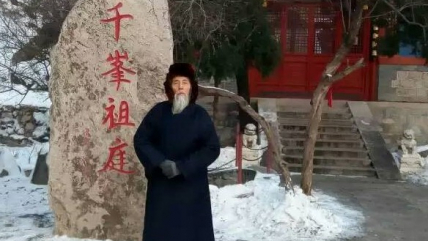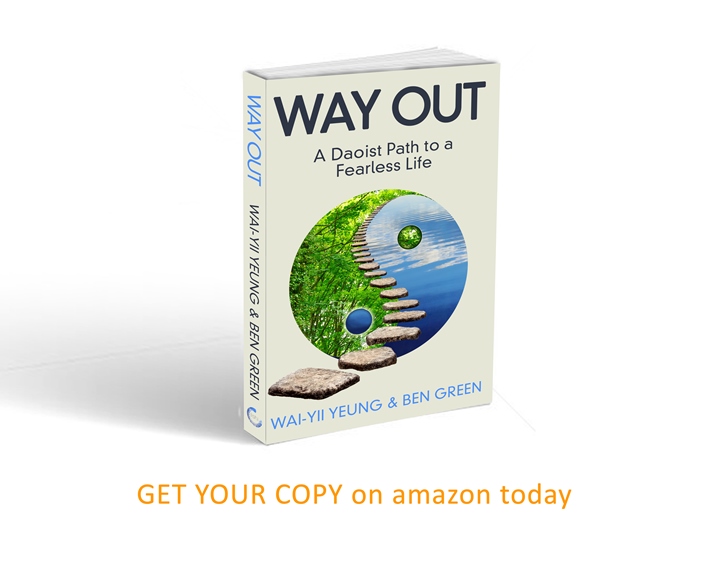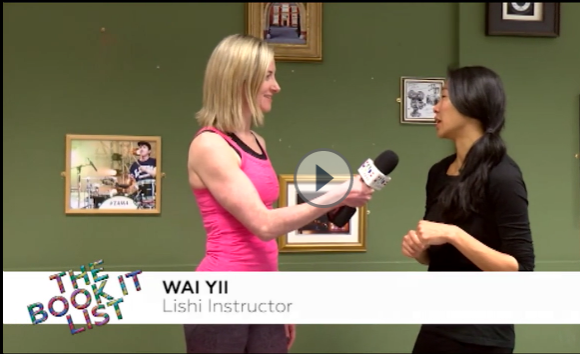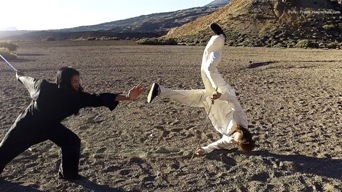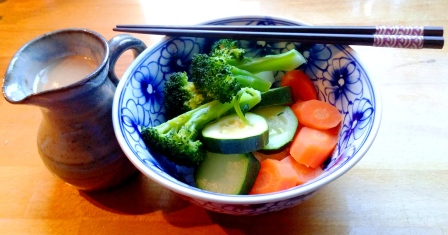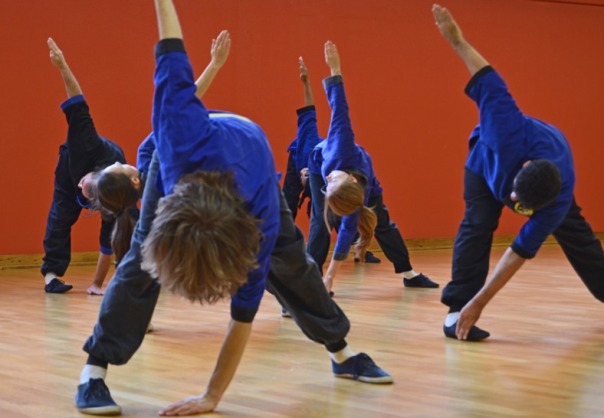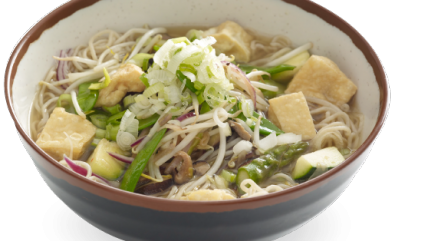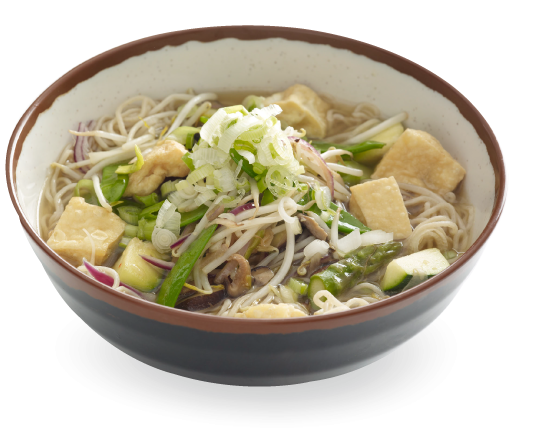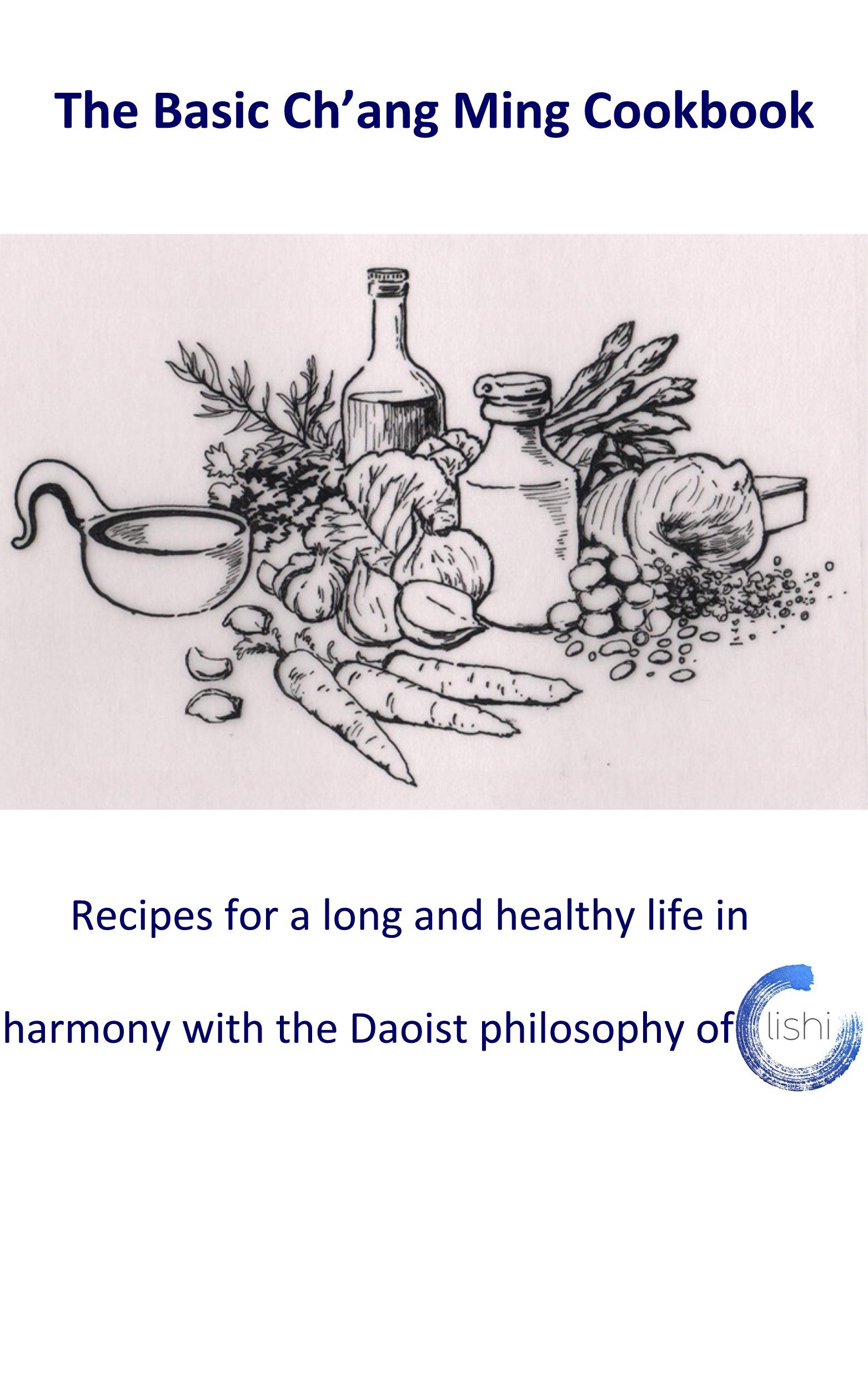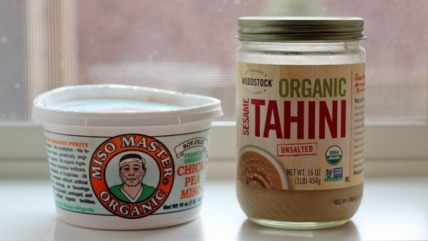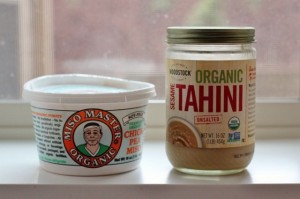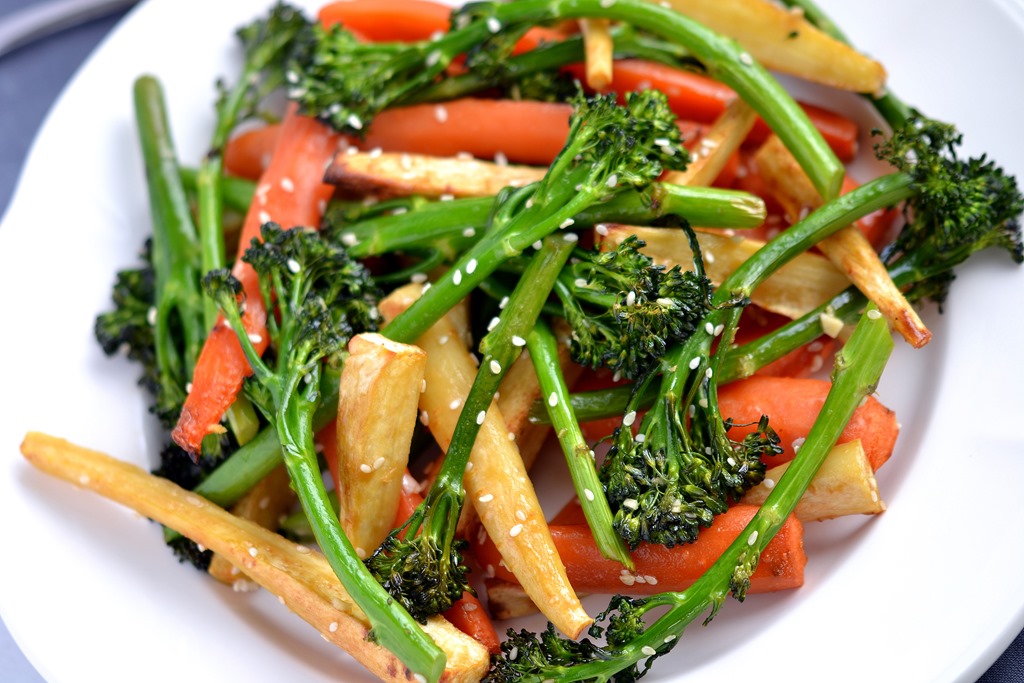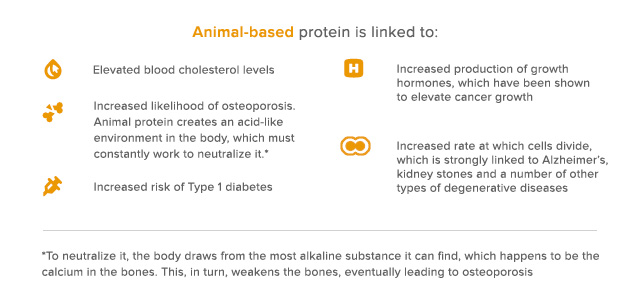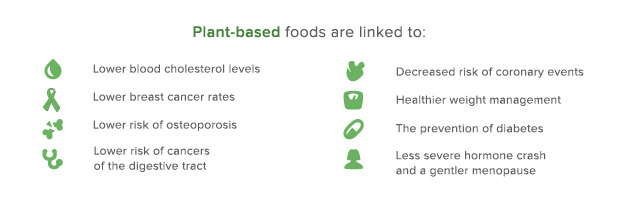5 Tips for Surviving the Winter
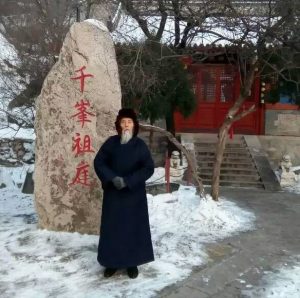
This year as soon as 1st November arrived – there was a change in the season brrrrr!
It was like someone had turned on a switch. Winter had arrived.
We still got the odd day of warmish weather as the season moved from end of autumn to proper winter. But there is no mistaking the cold damp that seeps into the bones, the nights drawing in and the desire to stay in bed for longer.
The Daoists have long recognised the need to pay attention to the changing of the seasons and so here are 5 Daoist ways to work with the natural changes and help maintain the balance of Yin and Yang this Winter.
-
- Invest in a cosy scarf
According to Chinese Medicine it is important to protect yourself from pernicious influences such as cold and wind.The back of the neck is particularly vulnerable to wind as it can enter through the acupuncture points here. This is especially important if you’ve done any exercise and you are sweaty.When your pores open up it increases the risk of Wind invasion if you do not wrap up warm. So make sure you have a good scarf and wear it even if you are hot from exercising. - Make sure you have good quality boots (and slippers)
TCM also warns against the cold damp entering through the feet. It is important to keep the feet warm with socks and shoes when outside.Even inside, beware of cold floors. A pair of cosy slippers will help prevent the body’s heat being leached out and the cold invading through the soles of your feet.If you suffer from poor circulation and cold feet during the winter months try soaking your feet in hot water before bed. In fact it is worth doing this even if your circulation is fine. Soaking the heat in through your feet helps keep your energy high.Winter is related to the water element and organs associated with this in particular are your Kidney and Bladder. Warming your feet will help nourish your Kidney energy which is sensitive to the cold during this time.
- Invest in a cosy scarf
-
- Cook up some warming foods
As winter is a yin time of the year, it’s important to balance the external cold by eating “warming” yang foods to help activate the blood circulation and keep you well.So forget the cold salads and get some hot and warming stews and soups into you. Add more root vegetables such as parsnips and sweet potatoes, garlic and ginger, and warming herbs such as rosemary as well as spices such as cinnamon in your cooking to boost your body’s yang.For some good Chang Ming Recipes check out our other blog posts or the Chang Ming Cookbook - Hibernate!
As the nights draw in you may feel the urge to cosy up in bed and sleep for longer thank usual. This is perfectly natural!Our ancestors would have lived their lives much more in accordance to the seasons than we do, due to the lack of artificial light. Go to sleep earlier and rise with the sun.Sleeping earlier and longer in Winter is important to help nourish your yin, as winter is the season to conserve energy and build strength in the prelude to an active Spring. - Stay active
The best time to do Yang exercise such as the Lishi Hand of the Wind Kung Fu we teach is when the weather is colder. These arts are wonderful to help condition and strengthen the body, improve and maintain your cardio-vascular system and boost your overall body temperature and resilience to the cold.Doing the Yang Arts will help boost your circulation and increase your body’s core temperature further supporting your lymphatic and immune system in the cold winter months.
- Cook up some warming foods

